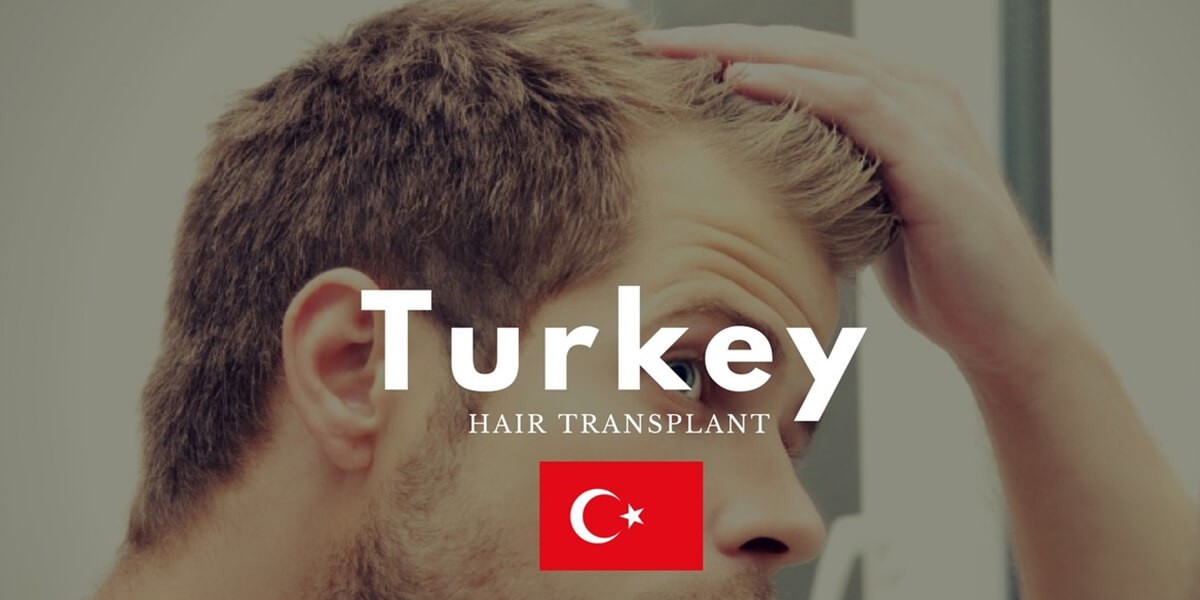“I wanted to look better. A better look of my hair would make me feel charming,” an Israeli man was saying on the table of hair transplantation operation in Turkey’s Istanbul.
The young man, who preferred to remain anonymous, said he came to Turkey upon an advice of his friend who underwent the same treatment in Istanbul with full satisfaction.
“I just heard good things about Turkey, especially for Istanbul. My friend has also been in the city and I decided to come here when I saw the results,” said the man in his 20s in a private aesthetics clinic.
He expressed the quality of the service in Turkey to Anadolu Agency: “It’s amazing. It is like VIP treatment. It’s really good. Very very much. I did not expect this kind of treatment.”
Turkey — ranking third in the world — is the most popular destination for hair transplantation, according to Suhan Ayhan, head of Turkish Society of Plastic Reconstructive and Aesthetic Surgery.
Additionally, Emirali Hamiloglu, a plastic surgeon at Estecenter Plastic Surgery Center in Istanbul, estimated that nearly 1,500 hair transplantation surgeries are performed across the country every day.
“Around 1,200 of these surgeries are conducted in Istanbul,” he said, underlining that Turkish metropolis is the center of hair transplantation surgery in the world.
– Affordable prices, high quality service
On a question whether people choose Turkey for the low cost, Hamiloglu said that apart from relatively cheap prices, the country provides the best quality in service.
“There are several reasons. The affordable prices are not the only reason. Turkey has a lot of experience in this sector,” he said.
In hair transplantation surgery, two surgical techniques — Follicular Unit Transplantation (FUT) and Follicular Unit Extraction (FUE) — are widely used to remove hair from a patient’s scalp.
In the FUE technique, widely implemented in Turkey, each hair graft is removed from the donor site one by one using a punch tool.
The advantage of the technique is that the scar is avoided in the donor site, while FUT technic put a permanent scar on the donor and recipient sites.
“The average grafts in hair transplantation with FUE technique was around 1,500-2,000 in Europe and the U.S. while it is around 4,000 in Turkey. That means we are planting an average of 8,000 hairs per patient. The figure is quite above Europe and the U.S. average,” said Hamiloglu.
“This enable us to have better and more natural results,” he added.
Turkish surgeons are more experienced compared to those in Europe, Hamiloglu said, since they perform more hair transplantation surgeries.
Canan Melike Koksuz, medical aesthetics specialist at NHC Istanbul clinic, echoed Hamiloglu while saying quality and affordable price besides experienced surgeons makes Turkey to stand out as a popular destination.
“As long as we can continue to offer a qualified and low-price service, the demand in Turkish hair transplantation market would increase.”
Meanwhile, she warned against unauthorized hair transplantation centers across the city.
– Attention against illegal hair transplantation activities
“These places are very dangerous and risky. They don’t abide by the rules and regulations. They even don’t have authorized doctors and nurses to follow up the treatment,” Koksuz said.
Advising the patients, she urged them to check the registration numbers and license documents of the clinics and hospitals they apply for.
She also called on the Turkish Health Ministry to implement strict regulations and a monitoring mechanism to prevent illegal hair transplantation activities.
Koksuz has been working in the aesthetics sector and performed over 5,000 hair transplantation operations.
Located at the middle of Europe, Asia, Middle East and Africa, Turkey, she said, reserves a huge potential to boost the market with its geographically significant location.
The references of patients bring most of the others for hair transplantation in the clinic.
– Patients seek ‘better look’ in hair transplantation
The hair plantation industry in Turkey also has a huge number of domestic patients.
Hasan Bozdemir, a 22-year-old man from central Turkey, said he came to Koksuz’s clinic for hair transplantation as he wants to look better.
Bozdemir sought hair transplantation “to have a better outlook”.
“My cousin received a treatment from Koksuz. He suggested that I should visit her,” he said.
Content with the feedbacks of her patients, Koksuz said: “My patients are the biggest advertisement for me.”
A doctor, along with three experienced nurses or technicians can conduct 3-4 operations a day depending on the amount of hair grafts required for the patient, she said.
“This is not a simple beauty treatment, rather microsurgery,” Koksuz said. “The whole transplantation process should be monitored by a health personnel.”
The patients are required to wait 48 hours before washing the hair after the transplantation.
The first washing was given in the clinic and the staff feed the patient with necessary information to follow, she said.
The ultimate result becomes visible within one year, Koksuz said, adding that nearly 100 percent of their patients got positive results.
“If we continue to offer the best quality, Turkey’s hair transplantation industry would continue to lead.”



